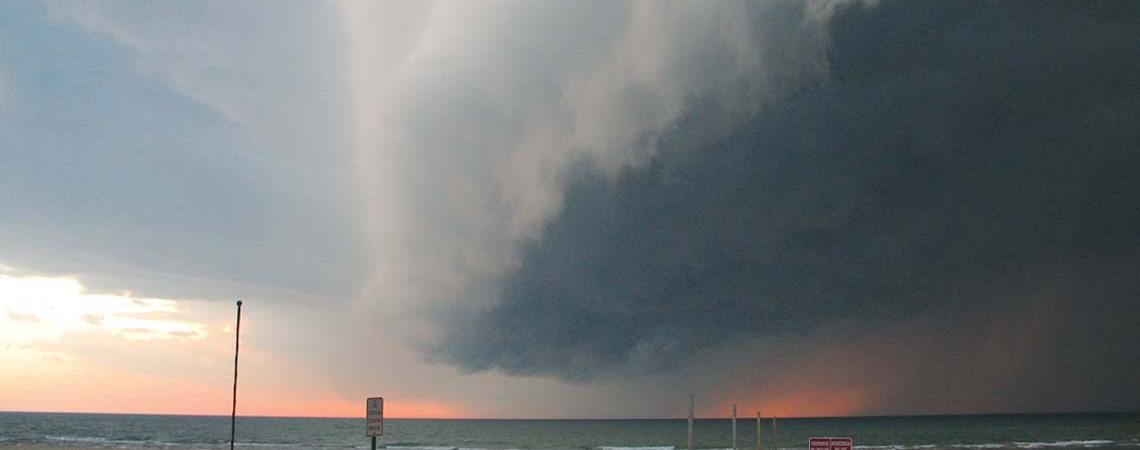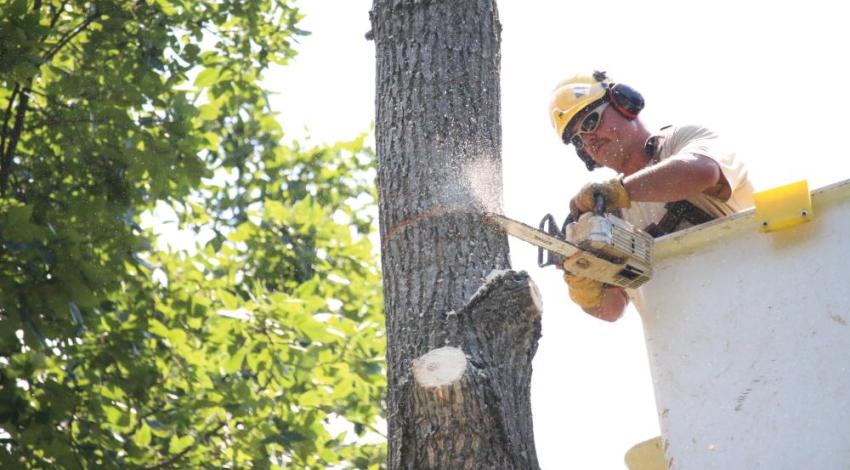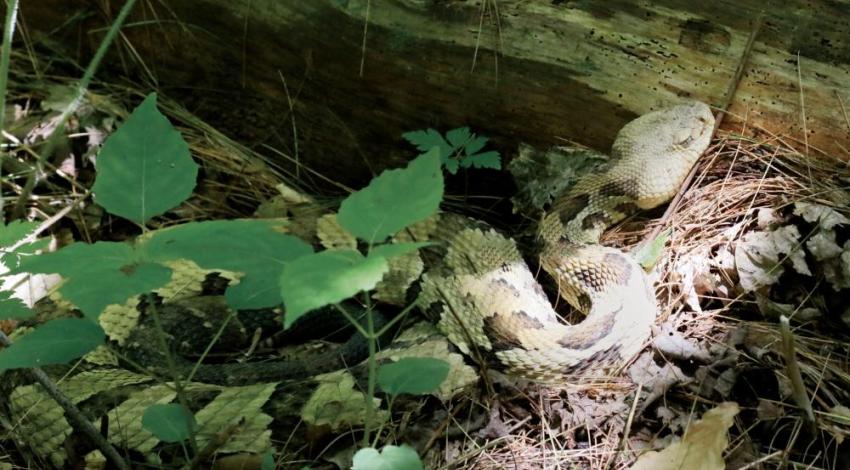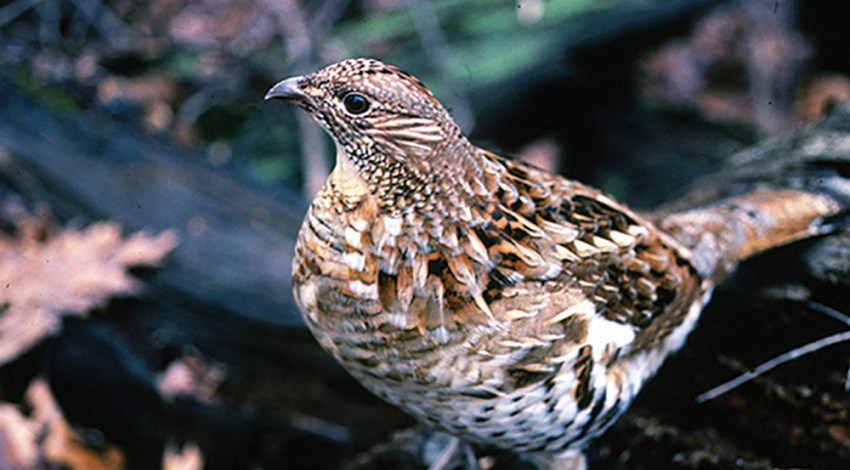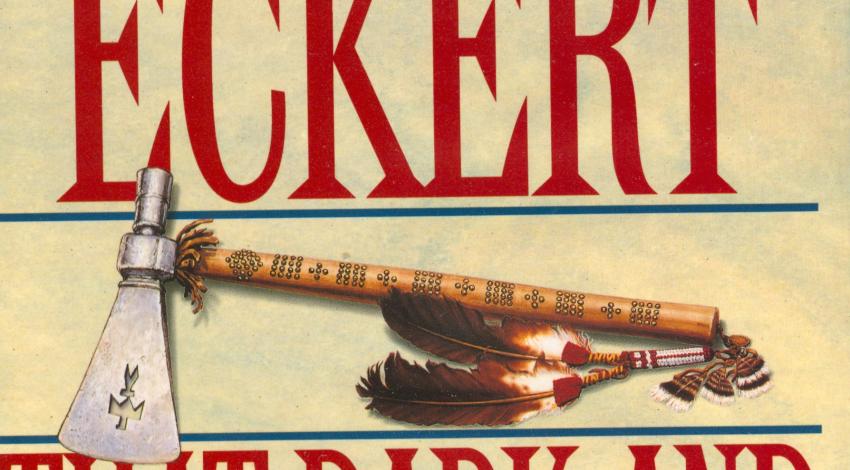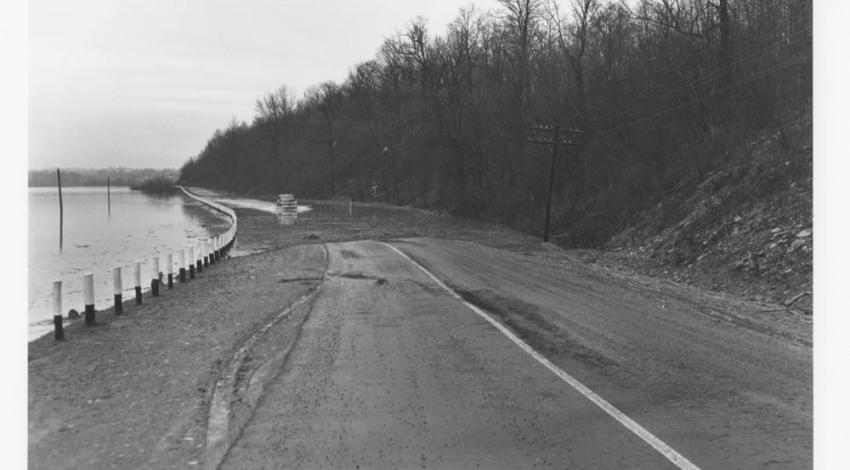
Meteorologist Jym Ganahl has never lacked for moxie. Growing up in Iowa, he walked into the local TV station when he was 17 and told the manager he could forecast the weather better than their current weatherman. Surprisingly, the manager eventually agreed and hired Ganahl to work six nights a week during his college years — kick-starting a professional meteorology career that has spanned more than half a century.
After college, Ganahl relocated to Ohio, where he worked for WCMH-TV, the Columbus NBC affiliate, and eventually became their head meteorologist. “I actually retired on the day of my 50th anniversary of doing weather but became so bored and depressed the following year that I just knew I had to get back to work and do it again,” he says.
Because of the regular 30-day fluctuation of the jetstream, February thunderstorms are a good predictor of frosty days to come three months later.
Ganahl now forecasts for WSYX-TV in Columbus, the local ABC affiliate. A personal interest of his has always been weather folklore, which he occasionally uses to spice up his central Ohio prognostications.
“For instance,” says Ganahl, “the following folklore item has to do with this time of year, the holiday season: A green Thanksgiving means a white Christmas or A white Thanksgiving means a green Christmas. It has to do with the jetstream, which fluctuates north and south, usually taking about a month to do so. As a result, if it’s warm in late November, it likely won’t be in December, a month later, and vice versa.”
After the holidays, this next tidbit of weather folklore applies: As the days get longer, the cold gets stronger. “Beginning at the winter solstice, about Dec. 21 annually, the amount of daylight starts increasing again. But with it comes the coldest weather of the year, usually arriving about a month later, in January,” he says.
He noted another truism that also has to do with the jetstream: Thunder in February means frost in May on the same day. “In other words, if it’s warm enough to thunder
in February, then March is usually cold. April is then, in turn, warm, and May will be cold enough for frost.”
The following saying for sailors is no doubt familiar to most, but you may not know the reasoning behind it: Red sky at morning, sailors take warning; red sky at night, sailors’ delight. “High clouds are the beginning of a storm that may still be 500 to 1,000 miles away,” Ganahl says. “Most of Ohio’s weather fronts move west to east, so when the clouds are in the eastern sky at morning, the storm is closer to you, and when they are in the west in the evening, it is farther away.”
For anglers, Ganahl has the following weather advice about when to go fishing:
Wind from the north, a fisherman should not go forth.
Wind from the east, the fish bite least.
Wind from the south, blows the bait in the fish’s mouth.
Wind from the west, the fish bite best.
That saying tends to hold true because north and east winds generally blow cold fronts, which turn fish off from feeding; south and west winds generally blow warm fronts, which turn them on to feeding. It’s not that you can’t catch fish when the wind is contrary — but given a choice, go fishing on a south or west wind. For years, I have kept a log of all my Lake Erie fishing trips — more than 20 per year — and time and again I’ve written after a less-than-successful trip: “Never trust an east wind!”
Ganahl’s favorite weather folklore just may predict the amount of snow headed our way this winter: The number of foggy mornings in August is equal to the number of snowy days in winter.
“In 2019, we had nine fogs in August and nine snows over half an inch during the winter of 2019–2020, for a total of 11 inches,” Ganahl says. “In 2020, we had 14 fogs in August and 18 inches of snow during the 2020–2021 winter. In August 2021, we had 18 fogs, so this winter could be pretty snowy.
“I don’t know why the fogs and snows line up as they do,” Ganahl concludes. “All I know is that the number of August fogs and the number of winter snows somehow seem to correlate.”
Lastly, Ganahl warns against hoping for too mild a winter because here in Ohio, If we don’t get winter in winter, we get winter in spring.

